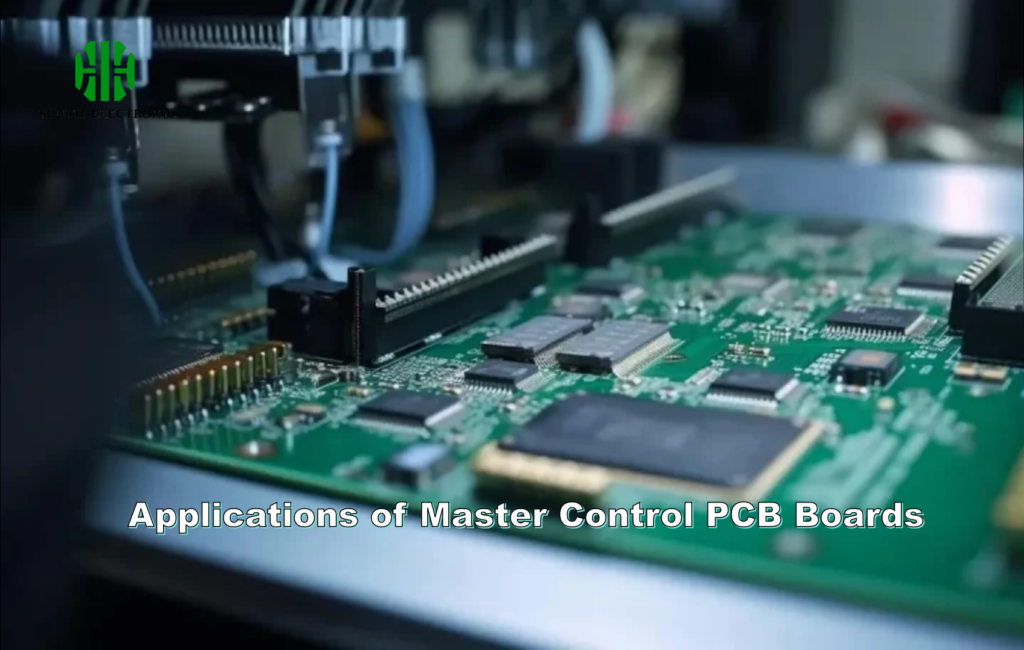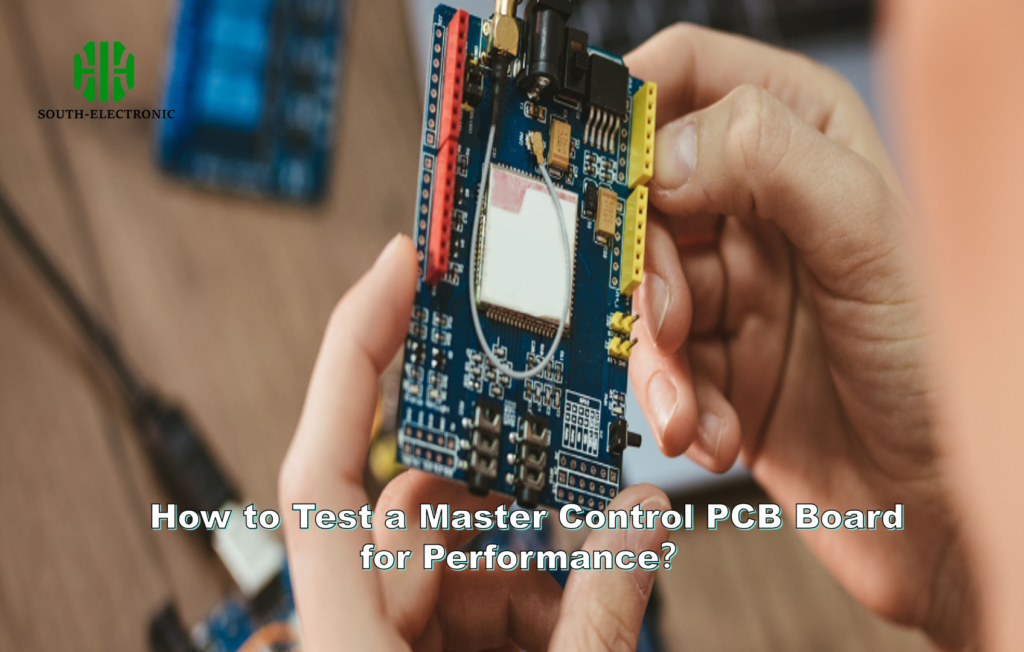What is a Master Control PCB Board?
A Master Control PCB Board is a special kind of printed circuit board that’s designed to integrate control functions for managing electrical signals in electronics. These boards are used in industries like automation, robotics, consumer electronics, and telecommunications to make sure everything runs smoothly and signals get managed right.
Key Features of Master Control PCBs:
- Controls and directs signals between components.
- Ensures signal integrity and reduces noise.
- Offers better integration of system functionalities.
Applications of Master Control PCB Boards

Master Control PCBs are versatile and used in various industries, thanks to their ability to manage control functions efficiently. Here are a few applications where these boards are indispensable:
1. Industrial Automation
In automation systems, Master Control PCBs make sure signals get where they need to go between sensors, motors, and controllers. They help you get more done and keep your machines running by giving you total control over how everything works.
2. Robotics
Robotic systems need complex signal control, often from sensors and actuators. Master Control PCBs enable real-time communication, making sure the robot moves exactly how it should.
3. Consumer Electronics
Smart home devices, appliances, and personal gadgets rely on these control boards to integrate features like automation, touch response, and sensor management.
How to Test a Master Control PCB Board for Performance?

Testing a Master Control PCB board is crucial to ensure it functions correctly within the system. Here’s a step-by-step guide for engineers and hobbyists on testing these boards using a multimeter.
Step-by-Step Guide to Testing a Master Control PCB
- Check the Power Supply: Use a multimeter to measure the input voltage and verify it matches the board’s specifications.
- Inspect Signal Integrity: Ensure the signals transmitted across the board are within acceptable ranges.
- Test Individual Components: Check the continuity of resistors, capacitors, and ICs using a multimeter.
Common Issues Found in Testing:
- Short circuits.
- Broken traces.
- Faulty components.
What Affects the Price of Master Control PCB Boards?

Several factors impact the cost of a Master Control PCB board, including the materials used, design complexity, and additional components.
Factors Influencing Cost:
- Material Quality: High-end materials like gold-plated contacts or multilayered boards increase costs.
- Board Size: Larger boards or more complex designs require more material and labor.
- Component Integration: Adding advanced microcontrollers or custom ICs can make the board more expensive.
How to Maintain and Troubleshoot Master Control PCB Boards?
Keep your Master Control PCB board in good shape and make it last longer by taking care of it. Check it out and fix it if anything goes wrong. That way, you won’t have to deal with any system failures.
Tips for Maintaining Your PCB:
- Keep the Board Clean: Dust and debris can affect signal quality, so ensure the board is free of contaminants.
- Check for Wear and Tear: Regularly inspect the board for signs of damage, such as burnt components or broken traces.
- Test Signals Regularly: Use a multimeter or oscilloscope to check for any signal fluctuations or interruptions.
Common Troubleshooting Methods:
- Visual Inspection: Look for physical damage, broken solder joints, or burned components.
- Signal Testing: Use test points to verify that signals are being transmitted correctly between components.
Master Control PCB boards are essential for managing signals in complex electronic systems, providing reliability, scalability, and precision. Whether you’re working in industrial automation, robotics, or consumer electronics, understanding how these boards function and how to maintain them is critical. By testing and troubleshooting regularly, you can ensure optimal performance for years to come.
If you have any questions about Master Control PCBs or need help with your project, feel free to contact me or check out some of the other resources I have available.



